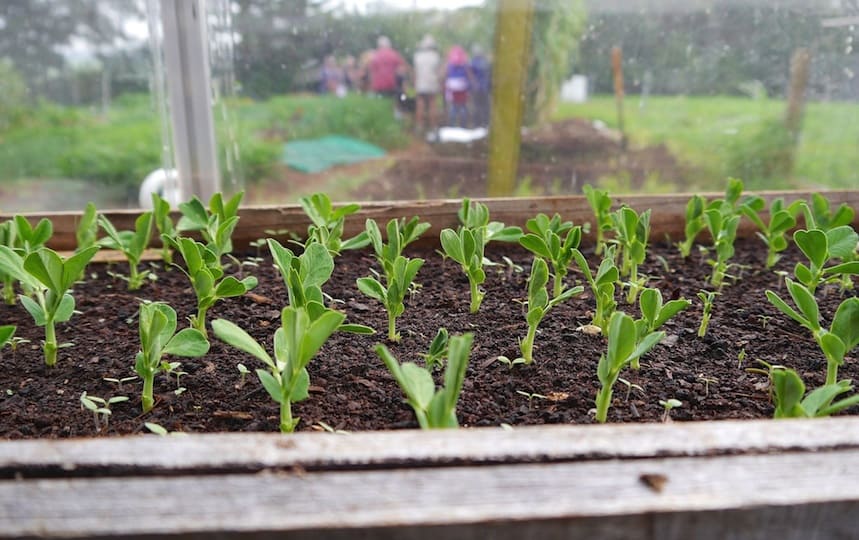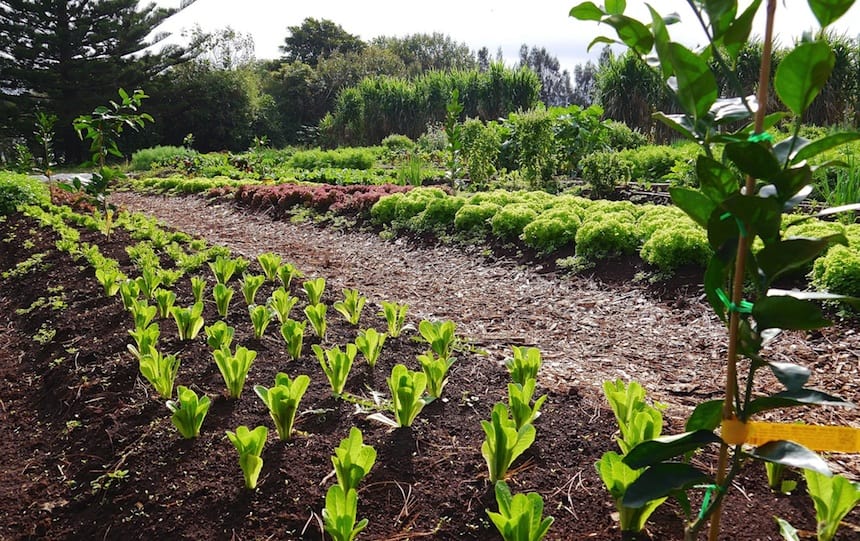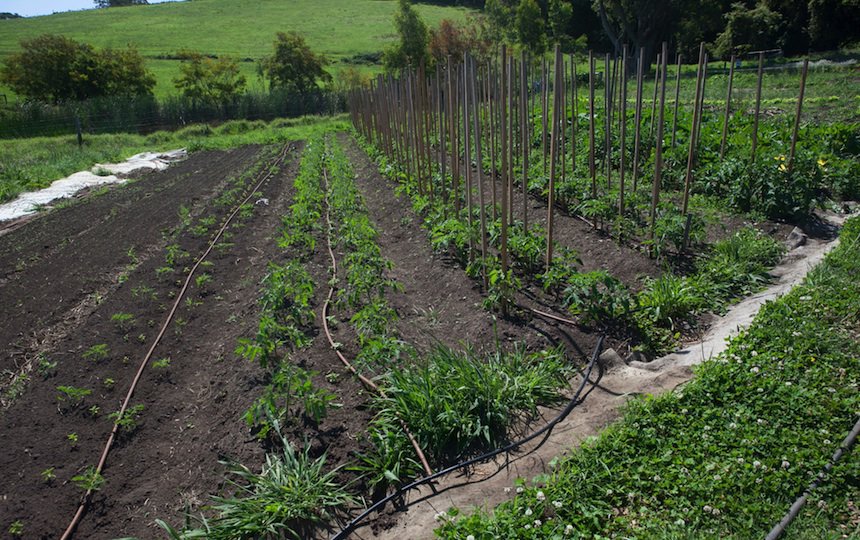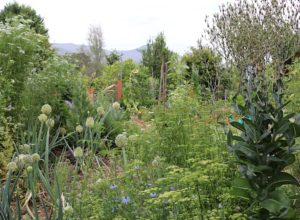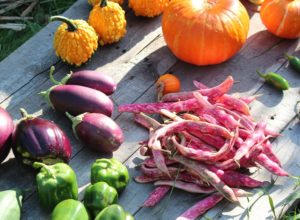All too often we fail to allow enough time or space for crop succession planting, which will ensure a consistent supply of produce from your backyard veggie patch.
Crop succession planting allows us to transcend the inevitable glut problem, and to balance out the highs and lows of produce from our garden. It is possibly the least understood (and most often neglected) practice of vegetable gardening.
It’s through the act of planning that we become accountable for our food supply: putting the vegetables we want to grow into a workable schedule of sowing, planting and harvesting that meets the needs of our week-to-week eating habits.
Crop succession planting also influences the health and productivity of our soil. When we plan the crop cycle we also work towards keeping soil healthy and active – soil devoid of plants and active root systems at different stages of growth is a recipe for an unbalanced soil profile, both chemically and biologically.
Crop succession planting: Your crop plan
A well-structured, annual crop plan for the backyard garden is prepared in three stages.
1. A crop succession plan defines what you are going to plant, and each crop’s relative timings and successions. It will include information such as:
- when to sow your crop;
- how long the crop will grow for;
- when the crop will yield; how long you can expect a yield for;
- and when the yield is likely to finish.
Most importantly, the crop succession plan will show clearly the transition between successions of plantings, with the aim to create a seamless supply of harvest.
2. A bed plan puts the crop succession plan into a physical space. This defines where the vegetables will go in the garden, and how much of each crop you are going to plant.
3. A crop rotation plan defines where your crops will rotate to in their successions, through the garden over subsequent seasons.
The crop succession planting plan
The succession plan is not difficult, and should only take you a few hours to complete. It’s good to plan for six to 12 months.
Some of the tools we would use to build our succession plan include:
- a ’sowing when’ or seasonality calendar – this should indicate optimum sowing times for your growing bioregion
- a garden diary that includes information from last season – to track major events, successes and failures
- a computer, whiteboard or chalkboard
- a good vegetable encyclopedia
Start by being clear about what it is you want to grow. It may help to do a simple audit of your weekly eating needs, and to make a list of what vegetables you would like to eat in the season you’re planning for.
You will need to understand or find out what plants grow in what seasons, for your area. Over the seasons you will build your own sowing guide for your garden, to refine your plan.
When to sow
With the list of plants you intend to grow in front of you, the next step is to define when the first and last sowing of each crop will be for the season.
For example, for growing tomatoes in Sydney many growers will start their plants (often indoors and on heat pads) in late July to early August, for transplanting into warming soil in September. The final sowing of the season is generally in mid- to late February – you aren’t dealing with frost pressure. The sowing timeframe there would be from August to February.
The first harvest
You will also want to know the crop’s “weeks to maturity”, how long the plant needs to grow before it becomes mature and produces its first harvest. This information is often over-looked but really is critical for planning your yield.
Length of harvest
The final piece of information you need to know is, roughly, what the length of harvest will be. Is it a one-time picking, or is it multiple pickings? How long will the plant hold its maturity before the yield diminishes, or it jumps to seed?
Put it in the calendar
With your crop’s lifecycle defined, put the information into a garden calendar. For each crop you intend to grow, log its first sowing event and when that sowing will be ready for harvest. Also log when you will expect your first sowing to finish its harvest.
Set the information out so that it’s represented clearly in days or weeks, depending on how detailed you want your plan to be.
With the first sowing of your crop clearly defined, you now need to include on your calendar when the next succession will begin, to ensure a seamless supply – this is where it can get a little tricky.
A succession sowing period is the time, in weeks, between each sowing, to ensure that when the first sowing finishes its peak yield – and is either no longer setting flowers to produce fruit or producing leaf and is about to run to seed – the next succession is just coming into its first stages of yield.
A general pattern you will notice, and a good rule of thumb, is that the time between sowings is often 50-70% of the total yield time.
For example, if a variety of tomato yields for eight weeks, the time between sowings will be four to six weeks. Note that your sowing period will be affected by environmental conditions, particularly temperature; you will need to adjust the time between sowings in season to account for this in your local area.
To put this all together, slowly work through your list of crops, and put the information into your calendar. It is a good idea to use a calendar medium that is flexible, so that you can move and jiggle the timings and successions around to account for yielding times, and times when you anticipate warming or cooling weather.
At the end of the planning process you should have in front of you an easy-to-read plan that shows each crop, and its relative timings and successions for the season you’re planning.
Keep this plan available so that you can refer to it throughout the season; it will become invaluable for making sure you are keeping up, and are ready for major steps such as sowing crops in the nursery, or preparing ground for transplanting.


